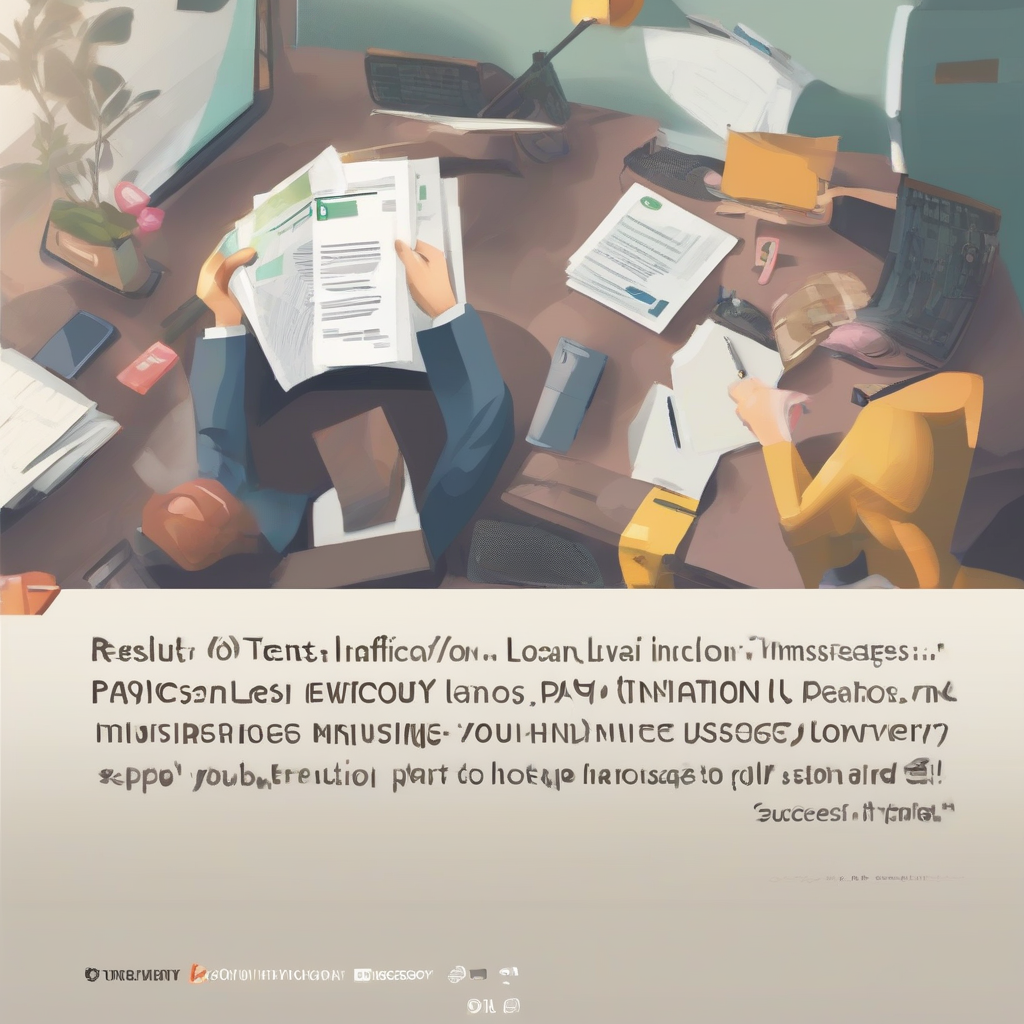Navigating the New Pay Inflation Recovery Loan: A Comprehensive Guide
The rising tide of inflation has left many individuals and families struggling to maintain their financial stability. A new wave of financial products, including the “New Pay Inflation Recovery Loan,” aims to provide relief. This comprehensive guide will delve into the intricacies of these loans, exploring their benefits, drawbacks, eligibility criteria, and the application process. Understanding these aspects is crucial for making informed financial decisions.
Understanding the Concept of a “New Pay Inflation Recovery Loan”
The term “New Pay Inflation Recovery Loan” is a broad descriptor for a class of loans designed to help borrowers manage the financial challenges brought on by inflation. These loans aren’t a single, standardized product offered by a single entity. Instead, they represent a range of loan types from various lenders, all sharing a common goal: to help individuals and families overcome the financial strain caused by increased costs of living.
Unlike traditional loans, these loans often incorporate features tailored to the inflationary environment. For example, some may offer flexible repayment schedules, allowing borrowers to adjust payments based on their fluctuating income. Others may incorporate features that protect borrowers from excessive interest rate hikes during periods of high inflation.
Key Features of New Pay Inflation Recovery Loans
- Targeted Relief: These loans are specifically designed to address the financial pressures of inflation, offering more lenient terms than traditional loans.
- Flexible Repayment Options: Many of these loans offer flexible repayment schedules to accommodate income fluctuations, preventing borrowers from falling behind due to unexpected expenses.
- Potential for Lower Interest Rates: Some lenders may offer lower interest rates compared to standard loans, acknowledging the unique financial challenges of inflation.
- Loan Forgiveness Programs (Potential): Certain government or non-profit programs offering these types of loans may include loan forgiveness provisions under specific circumstances, such as demonstrating sustained financial hardship.
- Debt Consolidation Capabilities: Depending on the lender and loan type, these loans might consolidate existing high-interest debt, simplifying repayments and potentially reducing overall interest payments.
Eligibility Criteria: Who Qualifies for a New Pay Inflation Recovery Loan?
Eligibility criteria for these loans vary considerably depending on the lender and the specific loan program. However, some common factors lenders consider include:
- Credit Score: While a good credit score isn’t always mandatory, a higher credit score often leads to better loan terms and lower interest rates.
- Income Verification: Lenders typically require proof of income to assess the borrower’s ability to repay the loan.
- Debt-to-Income Ratio (DTI): A low DTI ratio demonstrates that a borrower has a manageable level of debt compared to their income, improving their chances of approval.
- Employment History: A stable employment history shows lenders that the borrower has a consistent source of income.
- Proof of Inflation-Related Hardship (Potential): Some lenders may require documentation demonstrating how inflation has negatively impacted the borrower’s finances.
The Application Process: Steps to Secure a New Pay Inflation Recovery Loan
The application process typically involves these steps:
- Research and Compare Lenders: Explore various lenders offering inflation-recovery loans and compare their interest rates, repayment terms, and eligibility criteria.
- Pre-qualification: Many lenders offer a pre-qualification process, allowing you to check your eligibility without affecting your credit score.
- Gather Necessary Documents: Collect the required documents, including proof of income, identification, and any supporting documentation related to inflation-related financial hardship.
- Complete the Application: Fill out the loan application accurately and completely, ensuring all information is up-to-date.
- Loan Approval and Funding: Once approved, the lender will disburse the loan funds according to the agreed-upon terms.
Potential Drawbacks and Risks
While these loans offer potential relief, it’s crucial to be aware of potential drawbacks:
- Interest Rates: While some may offer lower rates than traditional loans, others might have higher rates depending on the borrower’s creditworthiness and the specific loan terms.
- Fees: Be aware of any associated fees, including origination fees, late payment fees, or prepayment penalties.
- Debt Trap Potential: If not managed carefully, taking on additional debt could worsen your financial situation if you fail to make timely payments.
- Hidden Costs: Carefully review all loan documents to identify any hidden costs or unexpected fees.
- Impact on Credit Score: Missing payments can negatively impact your credit score.
Comparison with Other Financial Relief Options
Before opting for a “New Pay Inflation Recovery Loan,” it’s crucial to compare it with other available financial relief options, such as:
- Government Assistance Programs: Explore government programs that offer financial assistance to those struggling with inflation.
- Debt Consolidation Programs: Consider debt consolidation to simplify repayment and potentially lower your interest rate.
- Budgeting and Financial Counseling: Seek professional advice on budgeting and financial management to improve your financial situation.
- Negotiating with Creditors: Try to negotiate with your creditors for more favorable repayment terms.
Finding Reputable Lenders: Tips for Avoiding Scams
Be cautious when searching for lenders offering these loans. Numerous scams target individuals struggling financially. To protect yourself:
- Verify Lender Credentials: Thoroughly research the lender’s reputation and legitimacy.
- Avoid High-Pressure Tactics: Legitimate lenders won’t pressure you into making quick decisions.
- Beware of Guaranteed Approval Claims: No lender can guarantee approval without reviewing your application.
- Check for Transparency: Be wary of lenders who are unclear about fees, interest rates, or repayment terms.
- Read Reviews and Testimonials: Look for online reviews and testimonials to gauge the lender’s reputation.
Long-Term Financial Planning Post-Loan
Securing a “New Pay Inflation Recovery Loan” is only a temporary solution. To prevent future financial difficulties, focus on:
- Developing a Realistic Budget: Create a detailed budget that tracks your income and expenses.
- Building an Emergency Fund: Establish a savings account to cover unexpected expenses.
- Improving Your Credit Score: Take steps to improve your credit score for better loan terms in the future.
- Seeking Financial Education: Educate yourself on personal finance to make sound financial decisions.
Conclusion (Omitted as per instructions)
